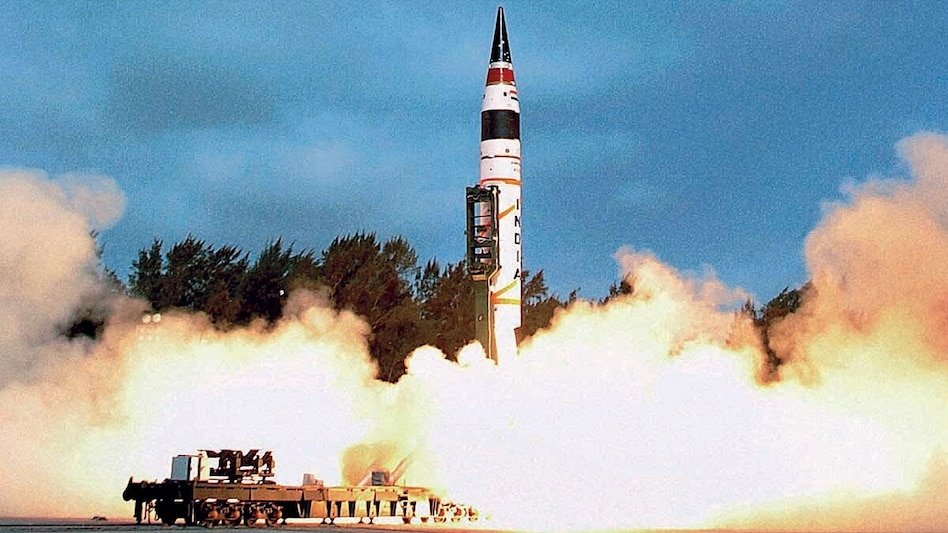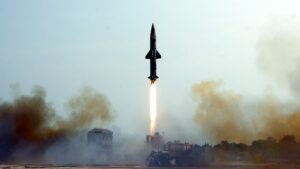Defense capabilities often serve as crucial indicators of national security preparedness. India’s recent missile tests demonstrate the country’s growing technological prowess in defense systems. The Prithvi-II and Agni-I missiles underwent successful trial runs from the Chandipur range, marking another milestone in India’s defense modernization program.
Strategic Importance of Recent Missile Tests
Your understanding of India’s defense strategy becomes clearer when examining these recent developments. The Defense Research and Development Organization (DRDO) conducted these tests as part of routine training exercises for the Strategic Forces Command. Both missiles performed exceptionally well during their respective launch sequences, meeting all predetermined performance parameters.
The Prithvi-II missile represents India’s surface-to-surface short-range ballistic missile system. This weapon system can carry conventional or nuclear warheads with remarkable precision across distances up to 350 kilometers. Your awareness of its capabilities helps explain why this missile forms a crucial component of India’s tactical nuclear arsenal.
Furthermore, the Agni-I missile serves as India’s first intermediate-range ballistic missile in the Agni series. This sophisticated weapon system can strike targets at distances up to 700 kilometers with exceptional accuracy. The missile’s solid-fuel propulsion system enables rapid deployment and quick response capabilities during critical situations.
Technical Specifications and Performance Metrics
Understanding the technical aspects of these missiles reveals their strategic importance for India’s defense posture. The Prithvi-II weighs approximately 4,600 kilograms and measures 9 meters in length. Its liquid-fuel propulsion system provides reliable performance across various weather conditions and operational environments.
The missile’s guidance system incorporates advanced inertial navigation technology combined with Global Positioning System (GPS) capabilities. This dual-guidance approach ensures:
- Precise target acquisition and engagement
- Minimal deviation from predetermined flight paths
- Enhanced reliability during adverse weather conditions
- Reduced vulnerability to electronic countermeasures
Meanwhile, the Agni-I missile demonstrates India’s advancement in solid-fuel rocket technology. This single-stage missile weighs around 12,000 kilograms and spans 15 meters in total length. Its solid-fuel propulsion system offers several advantages over liquid-fuel alternatives, including faster launch preparation times and improved storage capabilities.
Chandipur Range: India’s Premier Testing Facility
Your knowledge of India’s missile testing capabilities centers around the Chandipur range in Odisha. This facility serves as the primary testing ground for various missile systems developed by DRDO. The range offers ideal conditions for conducting comprehensive missile trials, including adequate safety zones and advanced tracking systems.
The Chandipur facility features state-of-the-art radar systems and telemetry equipment that monitor every aspect of missile performance. These sophisticated instruments track flight paths, measure velocity changes, and assess guidance system accuracy throughout the entire flight duration. Such comprehensive monitoring ensures that every test provides valuable data for future improvements.
Additionally, the range’s strategic location along the Bay of Bengal provides ample space for conducting long-range missile tests. The facility’s proximity to the coastline allows for safe disposal of missile debris in designated ocean areas, minimizing environmental impact while maintaining operational security.
Defense Modernization and Strategic Implications
India’s consistent focus on missile development reflects broader defense modernization efforts across multiple domains. These successful tests reinforce the country’s commitment to maintaining credible deterrence capabilities while developing indigenous defense technologies. Your appreciation of these developments helps contextualize India’s evolving security posture in the regional landscape.
The timing of these tests holds particular significance given current geopolitical tensions in the region. India’s demonstration of reliable missile capabilities sends clear signals to potential adversaries about the country’s defensive preparedness and technological advancement. These capabilities contribute to regional stability through credible deterrence mechanisms.
Moreover, the successful tests validate India’s growing expertise in missile technology development and manufacturing. This indigenous capability reduces dependence on foreign suppliers while building domestic defense industry capacity. The knowledge gained from these tests feeds into future missile development programs and technology transfer initiatives.
Future Prospects and Development Trajectories
Looking ahead, these successful tests pave the way for continued advancement in India’s missile capabilities. The data collected during these trials will inform future upgrades to existing systems and development of next-generation weapons platforms. Your understanding of these trajectories helps predict India’s future defense capabilities and strategic positioning.
The DRDO continues working on advanced missile systems with extended ranges and enhanced precision capabilities. These future systems will incorporate artificial intelligence, advanced materials, and improved guidance technologies. Such developments ensure that India maintains technological parity with regional competitors while strengthening national defense capabilities.
In conclusion, the successful testing of Prithvi-II and Agni-I missiles from Chandipur demonstrates India’s growing defense capabilities and technological sophistication. These achievements reflect years of dedicated research, development, and testing efforts by Indian scientists and engineers. The continued success of such programs ensures that India maintains credible deterrence capabilities while contributing to regional security and stability through strength and preparedness.








Be First to Comment